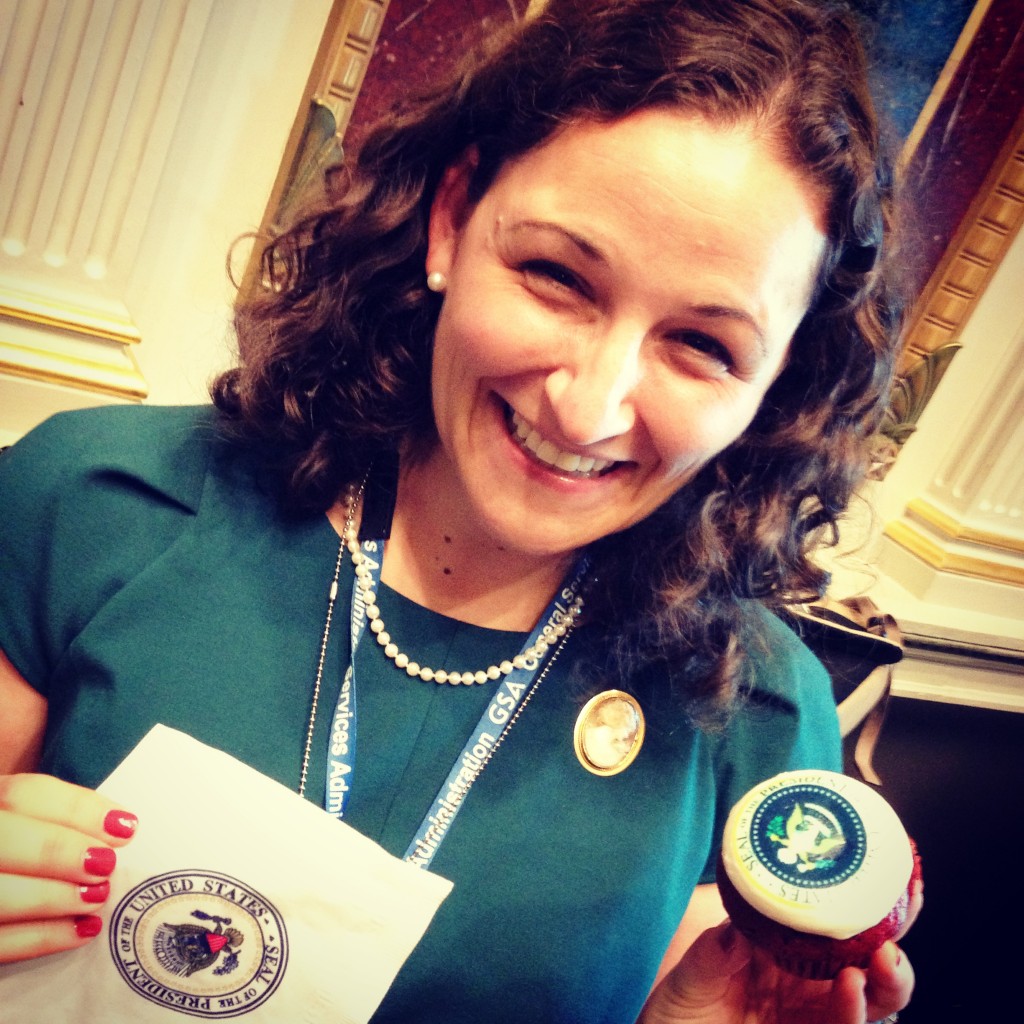First Day / Last Day
/Yesterday marked my last day as a White House Presidential Innovation Fellow.
When I joined the PIF program in September 2014, I didn’t do it out of a love for my country. Sure, the public service element was meaningful to me from the start, but I never would have used the word ‘patriotism’ to describe my reasons for joining. My reasons were more personal, perhaps more selfish – career growth, new opportunities for my family, that sort of thing.
As soon as I got started, it was clear I was in a fight to swim upstream. It turns out that getting stuff done in government can be even tougher than it looks from the outside, especially on a short timeline. The reality is that there have been many moments over the last two years where I have raised my hands in frustration and wished I could quit.
Yet, as I wind down my stint as a Fellow, I can’t help but feel immense pride at having witnessed and perhaps even played a part (albeit a very, very tiny one) in the impact and legacy of the Obama Administration. It may just be coincidence that I am concluding my federal service as our next election is picking up speed, but watching the battle taking place – for our new leader and for the future of this country – I now understand what’s truly at stake, as well as what’s truly possible when people come together in service of mission that’s bigger than themselves.
Over the last 23 months, it has been a personal honor and privilege to serve my country in the way I know how, to do my part to make our government more efficient, effective and ultimately more successful in meeting the needs of the public. It’s been an experience full of big lessons and small victories, and I am so grateful for all of it. Thank you to all of my friends and colleagues at the Presidential Innovation Fellows Program, the White House, and across the government for inviting me in with open arms and supporting me over the last two years.
While it’s bittersweet to close this chapter, I’m moving on with an expanded understanding of my own identity and purpose as an American citizen and patriot. I didn’t start out on this course because of my love for our country, but I am certainly leaving with it.




